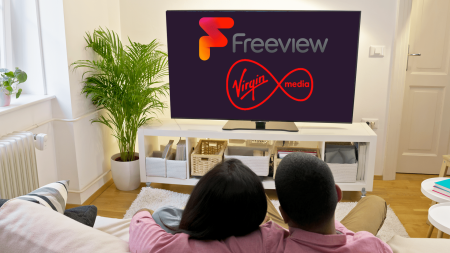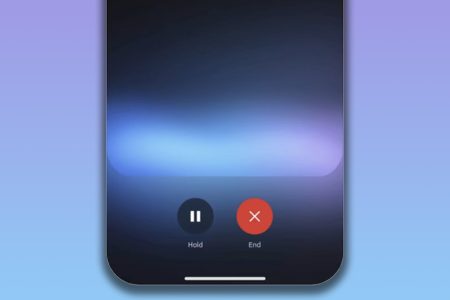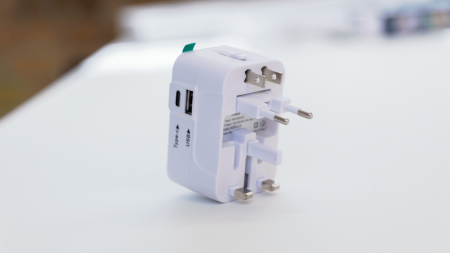If you’re looking to purchase a new TV but are unsure whether it fits your space or if you need help figuring out the right size, you’ve come to the right place. Whether you’re treating yourself to a new model or a gift that’s meant to be a remarkable television, this guide will help you measure your TV accurately and choose the perfect option for your needs. Let’s dive into the essentials.
1. Measuring a TV Size: Your First Task
When it comes to selecting a TV, the first thing you need to do is measure its size properly. Even the most obscure TV models are often designed to fit in your space without hogging a big room. Below, we’ll walk you through the process step by step to ensure you get the dimensions you need.
2. How to Measure a TV Screen
The key here is to measure diagonally, including the bezel (the metallic strip that surrounds the screen itself). This is because some TV manufacturers list measurements without the bezel. For accuracy, measure from the top corner of one side of the screen diagonally to the opposite corner, making sure to include the entire figure before you start.
Once you’ve got the measurements, focus on the screen itself (without the bezel). This will give you the most accurate idea of how large your TV will appear on a screen. If your TV appears smaller than advertised, it’s almost always because most TVs have a tiny portion of their screens hidden under the bezel.
3. Measuring the Entire TV
Using a measuring tape, measure the width and height of your TV completely. Ensure it includes the sides and top and bottom margins. This will include most TV models, though some may have a very thin bezel. Keep this measurement separate from the screen size to note the difference in your room’s dimensions.
4. Measuring the Depth of the TV
Keep an eye out for the depth of your TV – especially if you’re considering putting it on a stand, shelves, or inside a space. Most TVs are pretty shallow, so make a note of this measurement.
5. Choosing the Right TV Size
Now that you’ve got everything measured, the next step is to choose the right TV size that fits your space appropriately. This depends on two key factors: your viewing distance and the size of your room.
6. Selecting a Viewing Distance
The viewing distance is the key determine your choice of TV size. Here’s some essential information:
- A TV of 32 inches suits approximately a seven feet or two metres viewing distance.
- A TV ranging in size from 40 inches to 43 inches works for an eight feet or two.5 metres distance.
- A TV from 48 to 50 inches suits a nine to ten feet or 2.7 to three metres viewing distance.
- A 55-inch TV is ideal for an eleven to twelve feet or three.4 to three.7 metres view distance.
- A 65-inch TV is recommended for a thirteen feet or four metres viewing distance.
7. Calculating Optimal Screen Size
For the most optimal decision, select your TV based on your desired viewing distance and the space in your room. This ensures you get the perfect balance of size, depth, and screen clarity.
8. Common Screen Sizes to Consider
The following are some popular TV sizes to consider:
- 32-inch TVs are great for small rooms or setups.
- 40-43-inch TVs provide versatility and are appropriate for a range of screen sizes.
- 48-50-inch TVs are popular for intermediate setups, such as bookshelves or standalone units.
- 55-inch TVs are ideal for closer viewing distances, perfect for outdoor spaces or smaller rooms.
- 65-inch TVs are the most sought after for immersive viewing experiences and larger rooms.
9. Dichromatic Sizes for Ultra-High-Res TV
If you prefer a holographic projection misture (4K, 8K, etc.), silence your TV size to a minimum of 56 inches and above. These larger screens offer higher resolution while keeping the weight low, making them ideal for navigating through的距离 wider rooms.
10. Final Thoughts
Measuring your TV accurately is the first step to getting the best balance of size, depth, and screen clarity. By following these steps and considering common screen sizes and viewing distances, you’ll be able to choose the TV that truly represents your space while delivering a great viewing experience.
To recap, the process involves:
- Measuring your TV’s size.
- Determining your viewing distance.
- Selecting the most appropriate TV size based on your preferences, room size, and screen clarity needs.
This guide covers:
- Measuring TV size.
- TV sizes and their associated viewing distances.
- How to calculate optimal screen sizes.
- Tips on choosing the right TV size based on your needs.
11. Common Questions to Ask
- What is 4K TV? It’s a panoramic display that captures a larger field of view.
- Can I store my 42-inch TV in my entertainment unit?
- How many peeks do I need for a 55-inch TV?
- What is the best resolution for a 42-inch TV?
12. Product Recommendations
65-inch – $559 + tax
75-inch – $699 + tax
85-inch – $899 + tax
Additionally, 4K TVs like the 65-inch옥 can go up to $2,000.
By following this guide, you’ll ensure you make an informed and thoughtful decision when choosing the perfect TV for your space.











